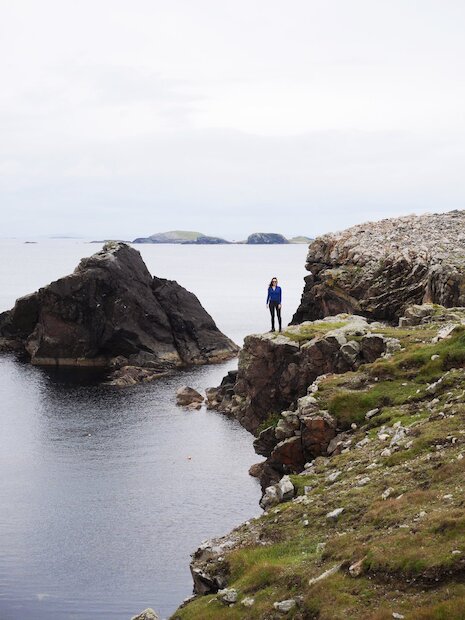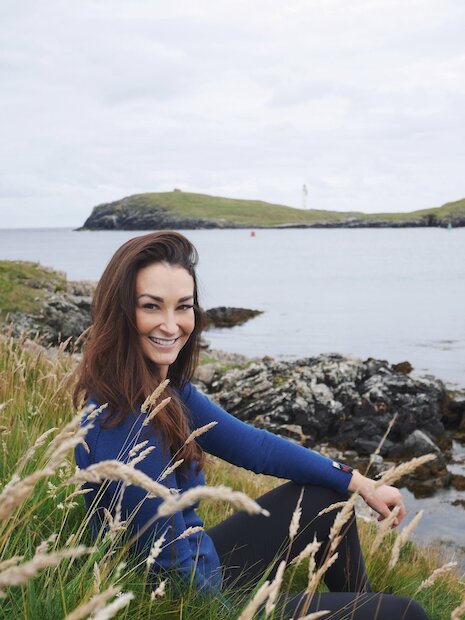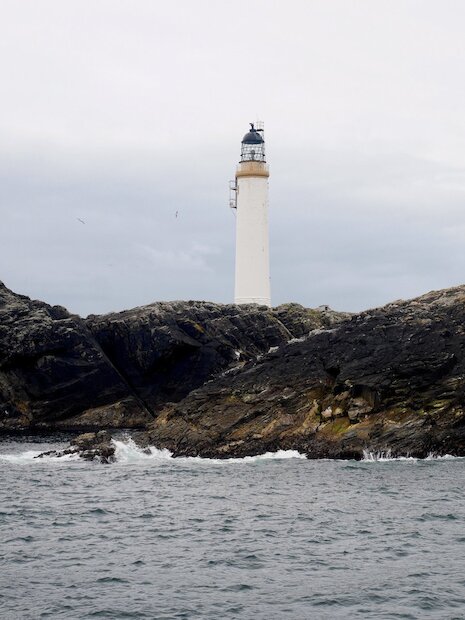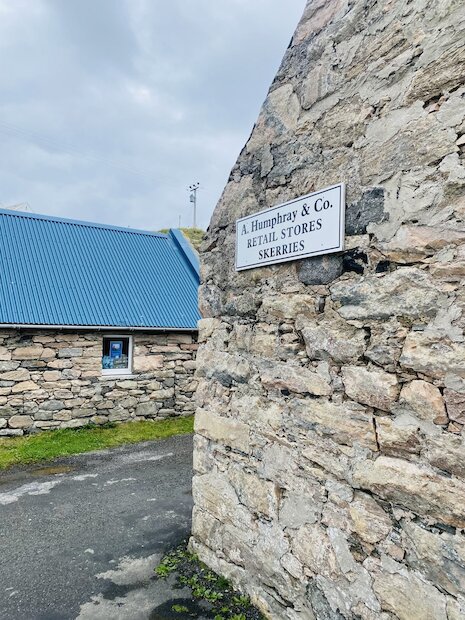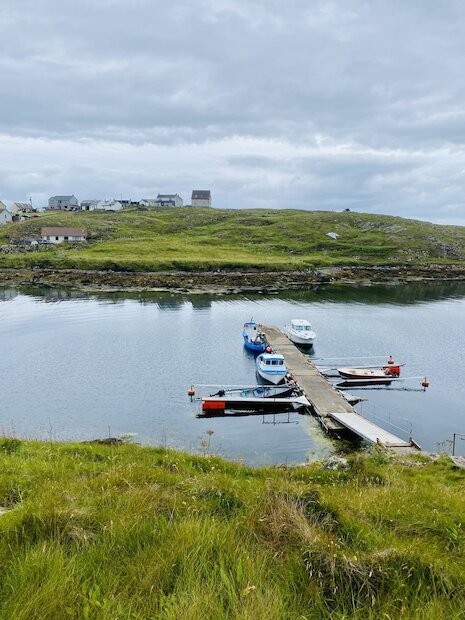In the last of her adventures to Shetland’s islands with small populations this summer, Leah visited Skerries, also known as Out Skerries. Lying north-east of Whalsay, the islands are quite unlike other parts of Shetland and because of their location are less popular with visiting tourists who tend to favour the North Isles. But, to ignore Skerries is to miss out on one of Shetland’s hidden gems, as Leah discovered during her recent visit.
Here are her top tips if you’re planning a visit to Skerries…
1. Be enchanted by its charm
I’d been to Skerries as a child but this was the first time I’d visited as an adult. I was struck by how charming it is. It has a really quaint, village feel with lots of lovely houses. When you step off the ferry from Vidlin you immediately feel like you’re in a completely different place to the rest of Shetland. Skerries definitely feels like it has its own unique character. While not as visually dramatic as islands like Fair Isle and Foula, due to the lack of spectacular sea cliffs, there’s still plenty to see and explore.
A skerry is a rock in the sea and it is often assumed that the Out Skerries were named because they are remote. In fact, the name comes from the Old Norse word for east, distinguishing Out Skerries from the Ve Skerries (meaning west).
2. Look at the lighthouse
Skerries has a regular ferry service from Vidlin, and occasionally Lerwick, making it the ideal spot for a day trip. The two inhabited islands, Bruray and Housay, are joined by a bridge but the road is less than a mile long so the best way to see Skerries is to explore on foot. The landscape is relatively flat and it’s easy to walk around.
One of the highlights is the lighthouse on Bound Skerry, which marks the most easterly point in Shetland. It was built by the Stevenson brothers in 1857 and the author Robert Louis Stevenson’s signature appears in the visitors’ book. The lighthouse is now automatic but when it was manned the lighthouse keepers would stay on Grunnay, a now uninhabited island. You can’t actually get to the lighthouse but you can admire it from afar and you pass it on the ferry.
